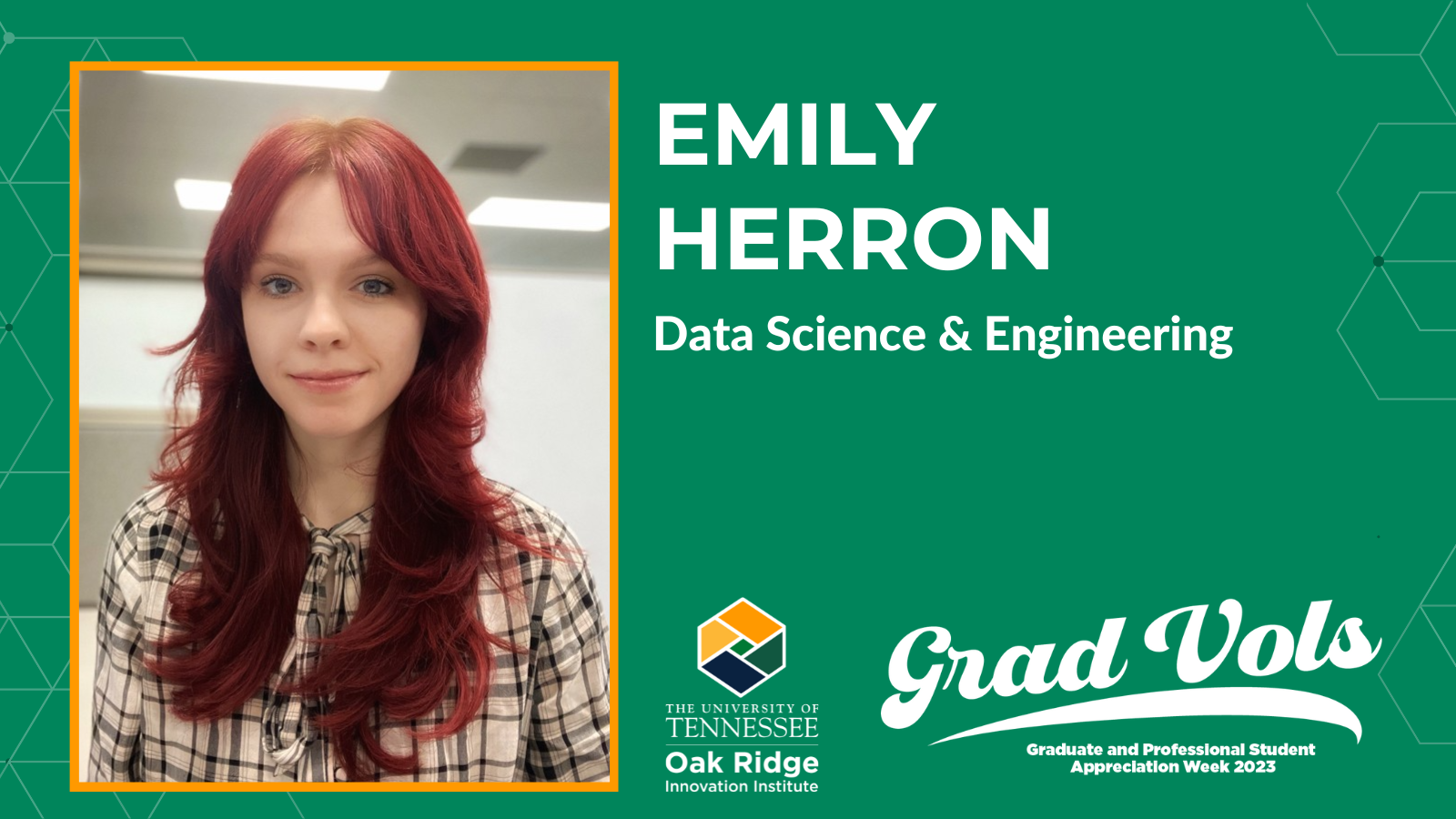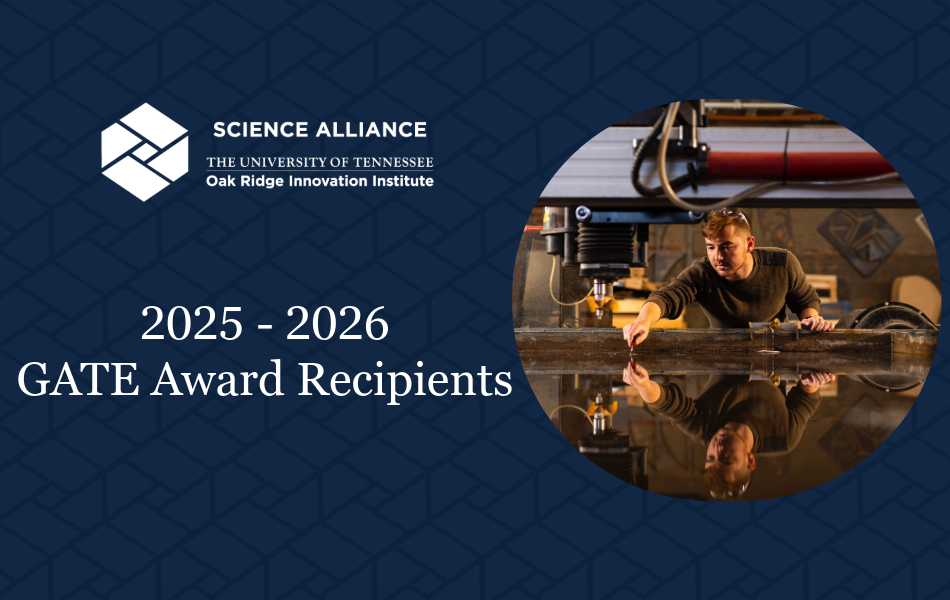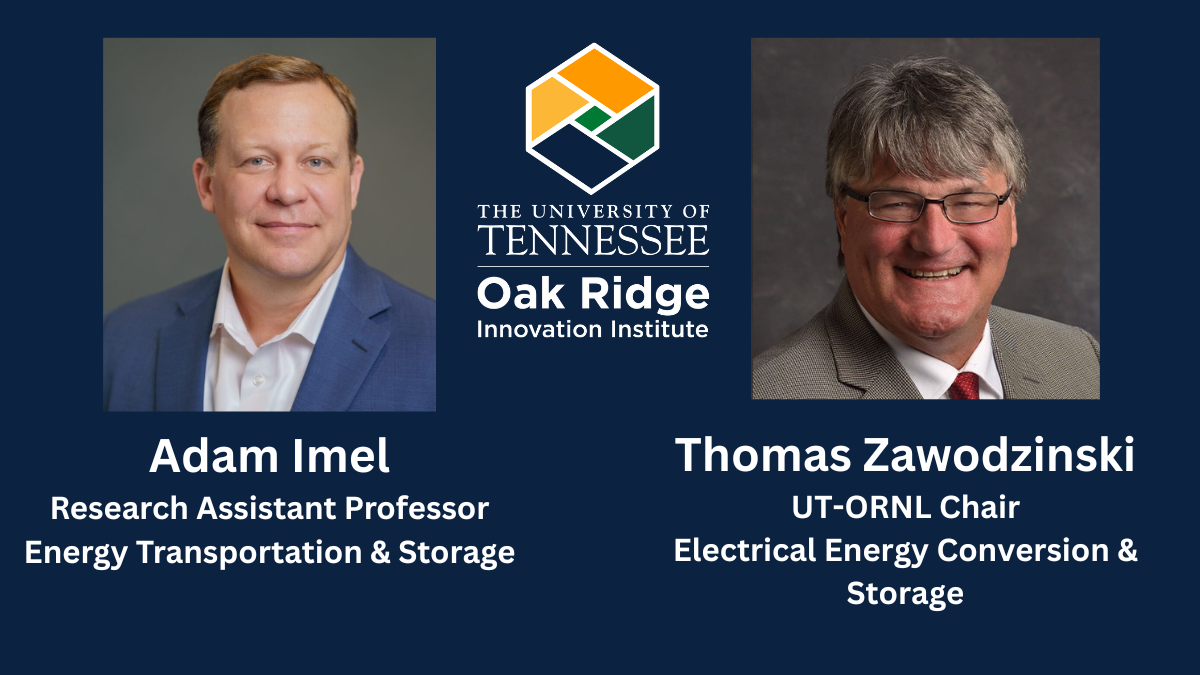PhD student Emily Herron wants to design machine learning systems that can help solve scientific mysteries. She is pursuing her doctorate through the University of Tennessee-Oak Ridge Innovation Institute Bredesen Center’s Data Science and Engineering program.
“The focus of my research is neural network architecture search. Specifically, my work centers on designing efficient algorithms that automatically engineer deep learning models for specific problems,” she said. “I plan to eventually apply my work to scientific benchmarks such as the Strong Gravitational Lens Finding Challenge and other understudied tasks.”
“Strong gravitational lensing” causes multiple images or arcs or Einstein rings (a ring-like effect created when light from a galaxy or star passes by a massive object en route to Earth). The Strong Gravitational Lens Finding Challenge involves creating a machine-learning model that automatically classifies tens of millions of astronomical images to find hidden galaxies.
Herron, who was born and raised in Warner Robins, Ga., earned her bachelor’s degree in computational science at Mercer University and spent two years as a software engineering intern at Mercer Engineering Research Center in Warner Robins before coming to UT.
“I was intrigued by the field’s enormous potential and broad applications,” she said.
She had heard about UT-ORII’s DSE program while presenting undergraduate research at a supercomputing conference.
It’s turned out to be a great fit for her.
“I have collaborated and been mentored by many gifted and impactful researchers in machine learning and scientific computing. In addition, I have had access to state-of-the-art computing resources such as the Summit supercomputer,” she said.
When Herron isn’t busy with her research, she enjoys traveling, drawing and painting, reading, going to thrift stores, and relaxing with her kitten, Sisko.




